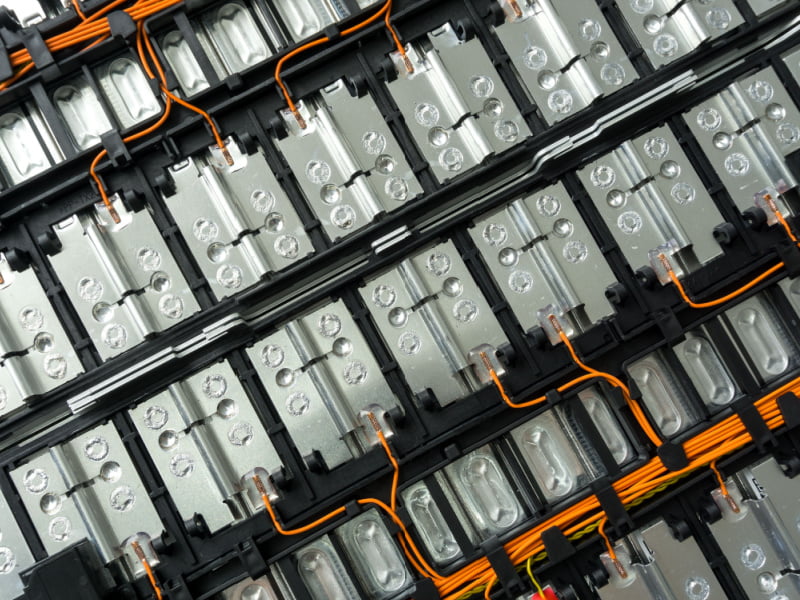State innovation agency Advance Queensland has committed just under $5 million to support 18 industry research fellowships working on projects from medical nanotechnology to the recovery of rare earth metals from waste.
Researchers at the University of Queensland benefitted the most from the scheme, receiving 11 fellowships. Three fellowships were awarded to researchers at the Queensland University of Technology, two fellowships to the University of South Queensland, and one each at Griffith University and Central Queensland University.
The program launched in 2018 and has so far committed $30 million in support of 128 industry research fellowships. A full list of recipients can be viewed here.
A spokesperson for the Queensland Department of Tourism, Innovation, and Sport claims that each research projects “generates on average three jobs and 12 additional jobs post completion”.

For the 2022 round of the program, Advance Queensland received 50 applications for the three-year fellowship and 13 applications for the two-year fellowship. A similar number of applications was submitted by early-career as mid-career researchers.
The University of Queensland’s Dr Denys Villa Gomez received $360,000 for work with Rio Tinto and the ARC Centre of Excellence in Synthetic Biology to develop biotechnologies to extract critical minerals from waste material produced from the aluminium ore (bauxite) refining process.
Her work will specifically target gallium extraction, of which there is an estimated 59,000 tonnes still contained in bauxite residue in Australia. Gallium is used in electronic circuits, semi-conductors, and thin layer photovoltaics, among other technologies.
“A largely un-tapped resource of critical metals such as gallium, germanium, vanadium, scandium and rare earths is bauxite residue, also known as red mud … but currently, sustainable and cost-effective critical metals recovery from bauxite residues does not exist,” Dr Villa Gomez told InnovationAus.com.
“The project outcomes have clear economic, environmental and social benefits for Queensland. Gallium and rare earths are critical commodities assessed as having category one (high) resource potential in Australia and are ranked in the group considered as most critical by the European Union, Japan, South Korea, United Kingdom, and United States.
“To ensure adequate supply of gallium for the future, secondary sources such as red mud should be exploited with efficient extraction methods and this project contributes to this purpose.”
Not only does the economic value of rare earths offset the high cost of rehabilitating abandoned mines, estimated to cost between $1 billion and $10 billion in Queensland, it helps to mitigate the pollution risks, Dr Villa Gomez added.
Dr Jiayong Tang, also at the University of Queensland, received $240,000 to work with Brisbane-based Pure Battery Technologies to develop high-performance cathode materials with higher energy densities, reduced cost, and prolonged lifespans.
“Cathode materials, in particular lithium, nickel, cobalt and manganese account for more than 30 per cent of the total cost of an Electric Vehicle battery production. Now cathode materials still fail to meet the market expectations for EV applications, especially in relation to range and cost,” Dr Tang told InnovationAus.com.
“The success of my research will have significant outcomes in the design of cutting-edge Ni-rich NMC cathode materials. My research will help deliver cheaper, cleaner energy storage device for homes and businesses.
“The developed battery technology will also stimulate EVs uptake to eliminate transport emissions and reduce petroleum reliance, thus enabling more sustainable communities in Queensland… I believe this will help to shift Queensland’s manufacturing from cheap raw mineral material to high-value-added cathode for Li-ion battery.”
The University of Queensland’s Dr Gloria Monsalve Bravo has partnered with Brisbane-based Zeotech to develop a simulation technique for the design and manufacture of “tailor-made nanocomposite membranes” used to capture carbon dioxide produce from fossil-fuel-fired power stations.
Dr Monsalve Bravo’s simulation technique is “multiscale” meaning it combines simulations at a molecular scale with macroscopic physics-based modelling. Her fellowship is worth $360,000.
“This key technological advancement will accelerate the often-extensive validation/testing phase required for the commercialisation of [zeolite-based nanocomposite materials], which will help the company devote their efforts to building a membrane manufacturing facility for a readily tested technology,” Dr Monsalve Bravo said.
“This innovative simulation technique will expedite the evaluation of suitable membrane materials for environmental applications and will considerably reduce the experimental effort required to adopt this technology in energy industries.”
Do you know more? Contact James Riley via Email.

